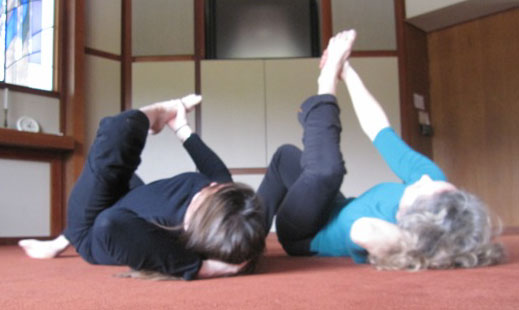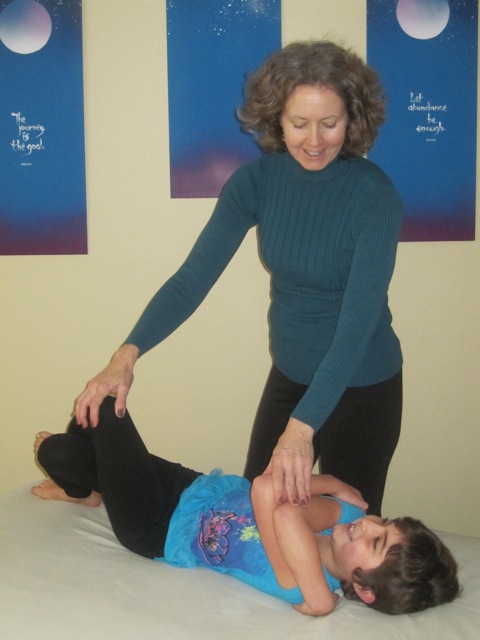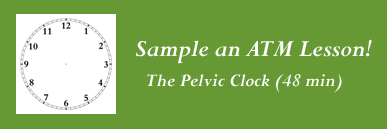FELDENKRAIS® Method of Somatic Education
Ordinarily, we learn just enough to function. We learn to use our hands well enough to eat, our legs well enough to walk. Our ability to function with commanding ease and pleasurable competence, however, remains underdeveloped. The Feldenkrais® Method teaches—through movement—how we can improve our daily function by claiming this unused potential.
Our intelligence depends upon the opportunity we take to experience and learn on our own. Self-learning leads to full, dynamic living. By exploring the relationships between movement and thought, increased mental awareness and creativity the Feldenkrais® Method stimulates numerous positive benefits along side physical improvements.
If you have the ability to learn you can benefit from this method.
The Feldenkrais Method has two parallel forms:
Group lessons: Awareness Through Movement® (ATM)
Individual sessions: Functional Integration® (FI)
Awareness Through Movement Classes
Awareness Through Movement® lessons (ATM), are delivered in a group format. They consist of verbally directed movement sequences that evolve into movements of greater range and complexity. Students engage in precisely structured movement explorations that involve thinking, sensing, moving, and imagining. This gradual, attentive development of function is the key that re-patterns your nervous system and stimulates improved brain function. Following the cues of your unique system (not recreating what you see someone else do) creates positive change that teaches your brain to reach for new options.

Become aware of your habitual neuromuscular patterns and rigidities while exploring options for new ways of moving! ATM lessons simultaneously help you diagnose problematic movements while creating positive therapeutic changes. The emphasis is on learning through exploring the range and qualities of movements rather than working towards a goal. Through increased awareness, you will learn to abandon habitual patterns of movement and develop new alternatives, resulting in improved flexibility and coordination.
There are hundreds of ATM® lessons, for all levels of movement ability, from simple in structure and physical demand to more challenging lessons. Many lessons are based on developmental movements and ordinary functional activities while others explore more abstract relationships of joint, muscle, and posture.
ATM® lessons are done while lying, sitting, standing or walking, and generally last from 30-60 minutes.
Functional Integration Lessons
Functional Integration® (FI), is a hand’s-on tactile, kinesthetic format that is tailored to each student’s individual learning needs. The Feldenkrais practitioner conveys to the student how he/she organizes his/her body through gentle touching and movements that coax a student’s nervous system toward more expanded functional motor patterns.
In FI, the practitioner/teacher develops a lesson for the student, custom-tailored to the uniqueconfiguration of that particular person, at that particular moment. Through rapport and respect for the student’s abilities, qualities, and integrity, the educated touch of the practitioner/teacher creates an environment in which the student can learn comfortably.

Functional Integration® is usually performed with the student lying on a table or floor, but can also occur in sitting or standing positions. Since learning happens best in an environment of pleasure various props may be used to support a person’s unique body configuration. This will facilitate relaxed movement: an essential environment for profound learning.
How Does the FELDENKRAIS® Method Differ from Massage and Chiropractic?
The similarity is that both practices touch people, but beyond that our Method is very different. In massage, the practitioner is working directly with the muscles, in chiropractic, with the bones. These are structural approaches that seek to affect change through changes in structure (muscles and spine). The Feldenkrais Method® targets your ability to regulate and coordinate your movement; which means working with the nervous system. We refer to this as a functional approach wherein you can improve your use of self inclusive of whatever structural considerations are present.



